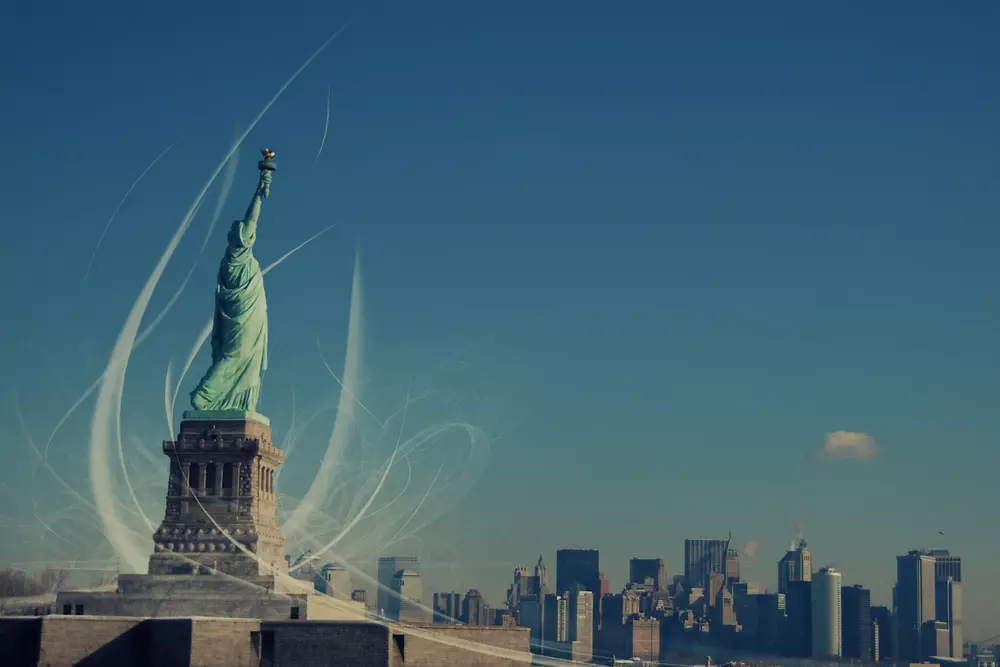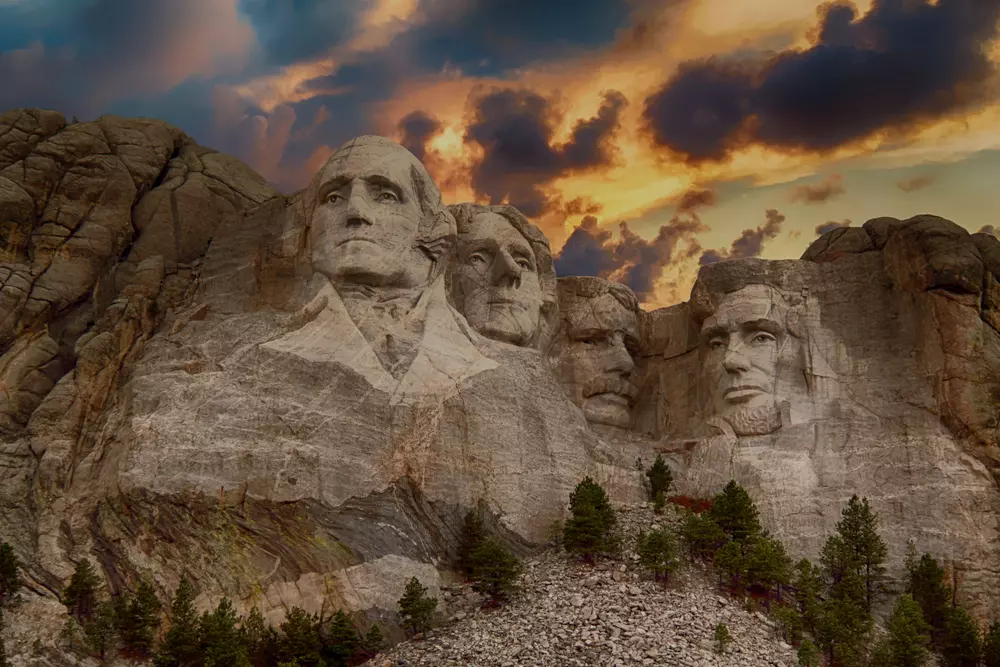The Grand Canyon (also known as Grand and Great) is one of the largest natural landmarks and the most beautiful canyon in the world. It is located on the lands of the Navajo tribe in Colorado, Arizona.
Looking at these intricate reliefs, it's hard to believe it's real. Wind and water have been creating this wonder for 6 million years, just imagine! Its arches are a true repository of Earth's history, with at least four soil development periods traced in the colorful stratified rocks.
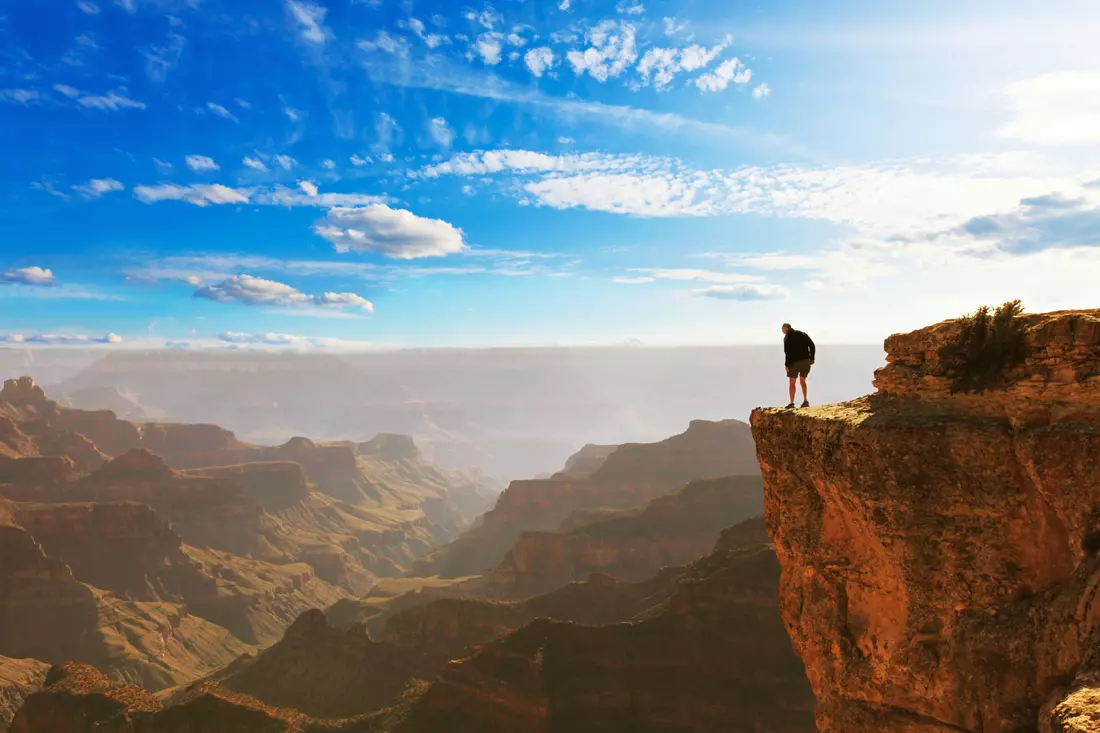
History of Settlement
For the Native Americans, the place was sacred. Despite all the arguments of scientists that the canyon's arches were created by the river and winds eroding and carrying away the mountain rock, the Native Americans believed and still believe that it is a resting place for spirits. They communicated with them through rock paintings and sacrifices — traces of both can still be seen by every tourist today. Even the trees growing along the Grand Canyon were considered inviolable, so the natural landscape was carefully preserved.
Most likely, white man would not have reached the Grand Canyon if not for greed. During the Gold Rush, migrants plowed virtually every meter of Native American land underfoot in the hope of finding deposits.
The canyon has never really allowed itself to be explored — under the scorching sun, the rock heats up, and it's practically impossible to be between the hot stones, and there's a catastrophic lack of drinking water in the depths of the canyon. No gold was formally found there. But seeing such unique beauty, they decided to make their own gold with tourism. And then what the Native Americans warned about began — the spirits do not like greedy strangers.
Several of the first tourist entries into the territory ended with mass visits to the doctor — in the summer on some slopes, a person is almost boiled alive, even in the shade the temperature reached +45 degrees Celsius. For a couple of decades, the bad reputation deterred people from the Grand Canyon, but later the flow of the interested recovered. Understandably — it looks amazing.
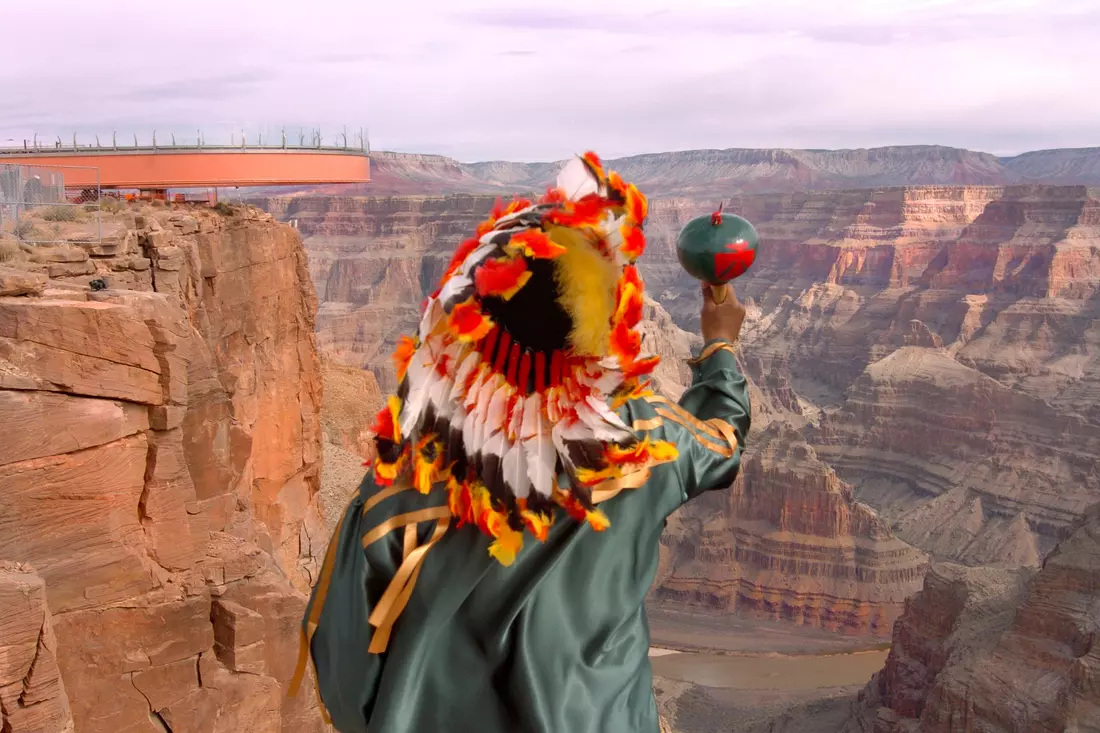
The Revenge of the Canyon Spirits
It's very easy to get lost in the Grand Canyon: its length is nearly 450 km, and the depth of its winding crevices is over 1500 meters. Tours of the canyon were usually led by local Hopi or Navajo Native Americans, who were subordinated by the new Americans. But they still listened more readily to the spirits, who sometimes whispered to them to confuse the whites, who were unaccustomed to life in nature, and to chase them around the rocks for a couple or three days so they would tire and not stick their noses where they weren't invited. And sometimes even to kill.
In the 1950s, safety rules for passenger flights were somewhat simpler, so pilots often flew planes on a bank before the Grand Canyon. A slight tilt allowed passengers to view the natural wonder through the portholes. It was then that a whole series of plane crashes occurred over the canyon — planes collided and fell into the crevices, the number of victims was huge. The Native Americans just shook their heads, saying, "We told you: if you don't share the profits with the spirits, you will receive terrible calamities."
By the way, the canyon really makes an impression of a huge living organism that sees everything and feels everything. But whether the spirits have gotten used to us, or we have become more careful — today you can enjoy it without fear.
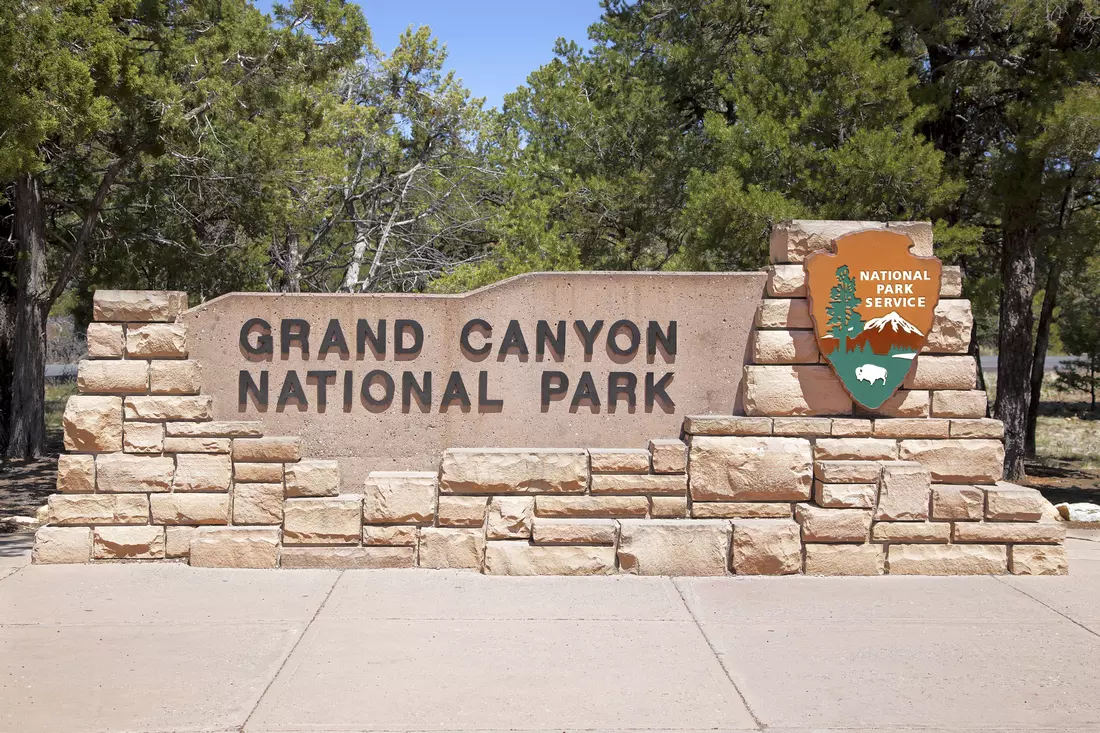
How to Get to the Grand Canyon
First, you need to come to Arizona, to the Colorado Plateau. Once there, you can choose from a multitude of travel options: rafting on the Colorado River in kayaks, camping trips for several days, horseback and mule rides, and climbing descents to the bottom of the canyon...
However, there are several recommendations regardless of your choice. For example, it's not advisable to climb the canyons if you have heart and blood vessel problems or lung issues. In addition to the pressure difference from the relief jumps, you will definitely feel all the "delights" of the heat and the lack of humidity in the air.
Also, book your tours in advance. More than 4.5 million people come to admire the canyon annually. To cope with such a flow and maintain the condition of this natural monument, the Grand Canyon National Park schedules tourist events a couple of weeks in advance. Another bonus is a Native American guide. The place is breathtaking on its own, but under ancient legends and national colors, it becomes simply magical.

However, American Butler will gladly relieve you of these formalities — just write to us your wishes, decide on a date, and wait for your unforgettable journey to the Grand Canyon.
























